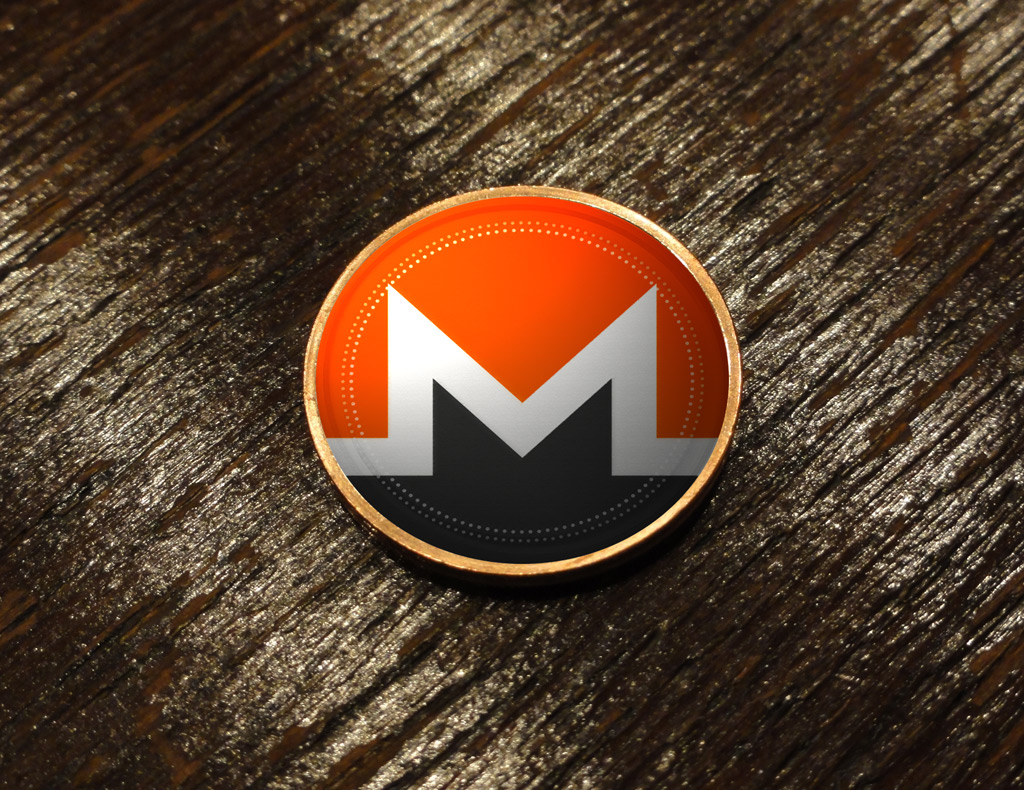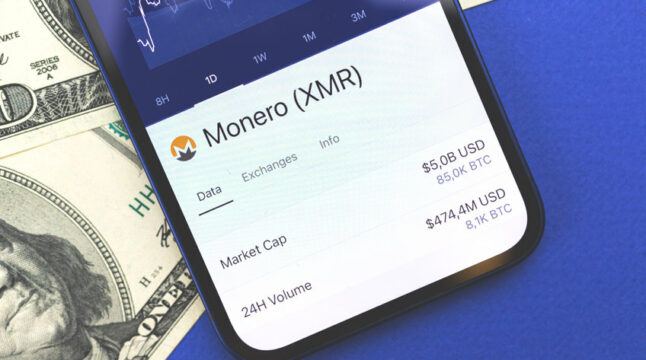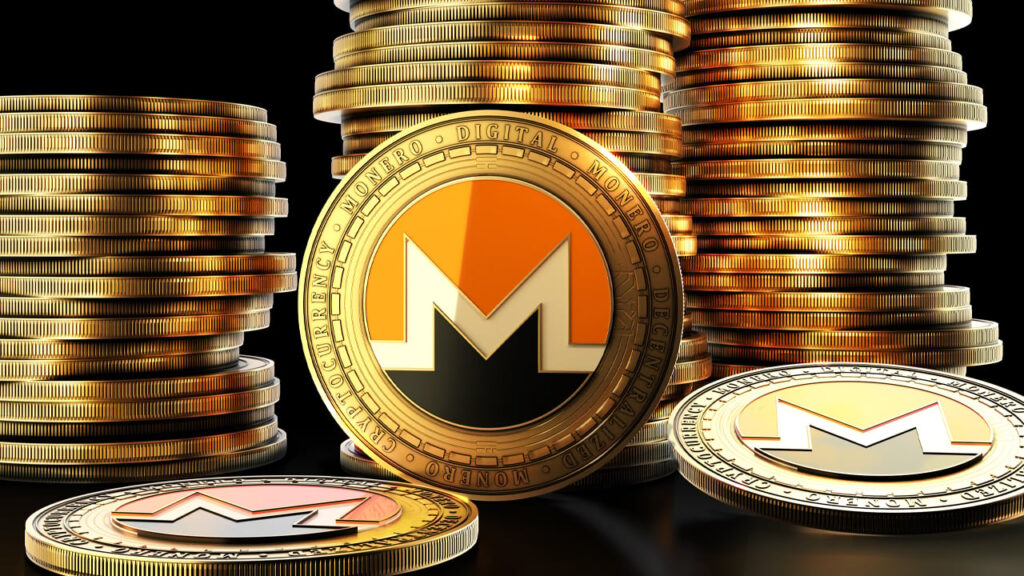If you’re interested in cryptocurrencies, you’ve probably heard of Bitcoin and Ethereum. These two digital currencies have taken the world by storm and gained immense popularity. However, while Bitcoin and Ethereum focus on decentralization and security, there is another cryptocurrency that stands apart due to its unique emphasis on privacy and confidentiality – Monero (XMR). In this article, we’ll explore how Monero works, its history and evolution, key features, and how it compares to Bitcoin and Ethereum. We’ll also discuss how to buy and mine Monero, and whether it is a good investment.
How does Monero (XMR) work?
What sets Monero apart from other cryptocurrencies is its privacy-enhancing technologies. Monero ensures the anonymity of its users through features like ring signatures, stealth addresses, and confidential transactions. Every user on the Monero network is anonymous by default, obscuring details about the sender, receiver, and transaction amount. This focus on privacy has made Monero a popular choice for individuals who value confidentiality and anonymity in their financial transactions. However, it has also raised concerns among some governments and resulted in bans and delistings on certain cryptocurrency exchanges.

Monero’s Privacy-Enhancing Technologies
Let’s take a closer look at the privacy-enhancing technologies that Monero utilizes:
RingCT (Confidential transactions)
Monero combines multiple transactions into a “ring,” making it difficult to determine the exact amount being sent. This enhances privacy by hiding individual transaction details within a larger group of transactions.
Ring Signatures
By employing ring signatures, Monero obscures the sender’s identity by including them in a group, or “ring,” of possible senders. This makes it virtually impossible to determine which specific user sent the transaction.
Stealth Addresses
Stealth addresses protect the privacy of both senders and recipients. Each transaction generates a one-time address, making it challenging to link multiple transactions to the same recipient.
Bulletproofs
Monero utilizes bulletproofs, a form of zero-knowledge proof, to reduce the size of confidential transactions. This helps improve scalability and reduce transaction fees on the Monero network.
P2Pool
Monero promotes decentralization and prevents the concentration of mining power through P2Pool. This decentralized mining pool allows miners to pool their resources and mine XMR together.
RandomX
The RandomX algorithm is optimized for central processing units (CPUs) and enhances the network’s security while preventing ASIC mining. This makes mining Monero more accessible to individuals using CPUs and general processing units.
Smart Mining
Smart mining is a less intrusive and energy-efficient way of mining Monero. It allows individuals to mine XMR using their computer’s unused processing power without causing drawbacks like overheating or draining the battery.
Monero’s History and Evolution
Monero’s roots can be traced back to Bytecoin, the first digital currency to utilize CryptoNote technology. While Bytecoin did not attain widespread success, it laid the foundation for the development of several privacy-focused cryptocurrencies, including Monero. Monero, initially known as Bitmonero, was created by seven developers from the Bytecoin project. Since its inception in 2014, Monero has evolved and undergone various upgrades to enhance its privacy, security, and efficiency. Notable milestones include the introduction of bulletproofs, atomic swaps with Bitcoin, and ongoing research and development by the Monero Research Labs (MRL) team.
Key Features of Monero
Monero offers several key features that make it stand out in the world of cryptocurrencies:
- Privacy: Monero prioritizes user anonymity and confidentiality by default, making it one of the most privacy-centric cryptocurrencies available.
- Security: Monero’s emphasis on privacy goes hand in hand with its commitment to security. Through its privacy-enhancing technologies and robust consensus mechanism, Monero ensures secure transactions.
- Scalability: Monero has implemented several upgrades, such as bulletproofs, to enhance its scalability and reduce transaction fees, allowing the network to handle a higher volume of transactions.
- Decentralization: Monero promotes decentralization through features like P2Pool, which allows miners to collaborate and prevent the concentration of mining power. This helps ensure a more resilient and distributed network.
Monero vs. Bitcoin and Ethereum
While Bitcoin and Ethereum are well-known cryptocurrencies, Monero differentiates itself through its privacy-centric approach. Bitcoin transactions, though pseudonymous, can still be traced on the blockchain, whereas Monero transactions are highly challenging to trace. Ethereum, on the other hand, focuses on decentralized applications (DApps) and smart contracts. Monero’s primary use case revolves around anonymous payments, making it a popular choice for those who prioritize financial privacy. Additionally, Monero’s blockchain is more agile and scalable than Bitcoin’s, thanks to its unique privacy-enhancing technologies.
How to Buy Monero
If you’re interested in buying Monero, there are various options available. XMR is listed on many decentralized money markets and cryptocurrency exchanges. However, it’s important to note that regulatory pressure has led to delistings in certain regions. Peer-to-peer (P2P) trading platforms, such as LocalMonero, provide direct connections between buyers and sellers looking to exchange Monero for fiat currencies or other cryptocurrencies. To transact Monero, you’ll need a Monero wallet and address, which should be protected with a seed phrase.
How to Mine Monero
Mining Monero involves utilizing the RandomX proof-of-work algorithm, which is optimized for general-purpose CPUs. While both CPUs and GPUs can mine Monero, CPUs tend to be more efficient. Solo mining can be done through either the command line interface or graphical user interface wallets. For those who prefer mining in a pool or solo mining with a GPU or dedicated hardware, software such as lXMRig and CSminer is required. By launching the mining software, your device’s processing power is utilized to solve complex mathematical puzzles, validate transactions, and reward you with XMR coins.

Is Monero a Good Investment?
Monero has garnered a reputation as a beacon of privacy and payment enablement among cryptocurrencies. Its growth and development depend on the contributions of developers, miners, and users convinced of Monero’s potential. Over the years, Monero has exhibited positive coin value, market cap growth, and protocol development. However, it’s essential to remember that cryptocurrencies, including Monero, can be volatile, and their value can fluctuate rapidly. Investing in Monero or any other cryptocurrency should be based on careful research, analysis of blockchains and market trends, and personal risk tolerance.
In conclusion, Monero’s focus on privacy and confidentiality sets it apart from other cryptocurrencies like Bitcoin and Ethereum. Its privacy-enhancing technologies, commitment to security, and emphasis on decentralization make it a compelling option for individuals seeking privacy in their financial transactions. Whether you’re interested in buying Monero, mining it, or considering it as an investment, it’s important to understand its unique features, history, and potential.

















